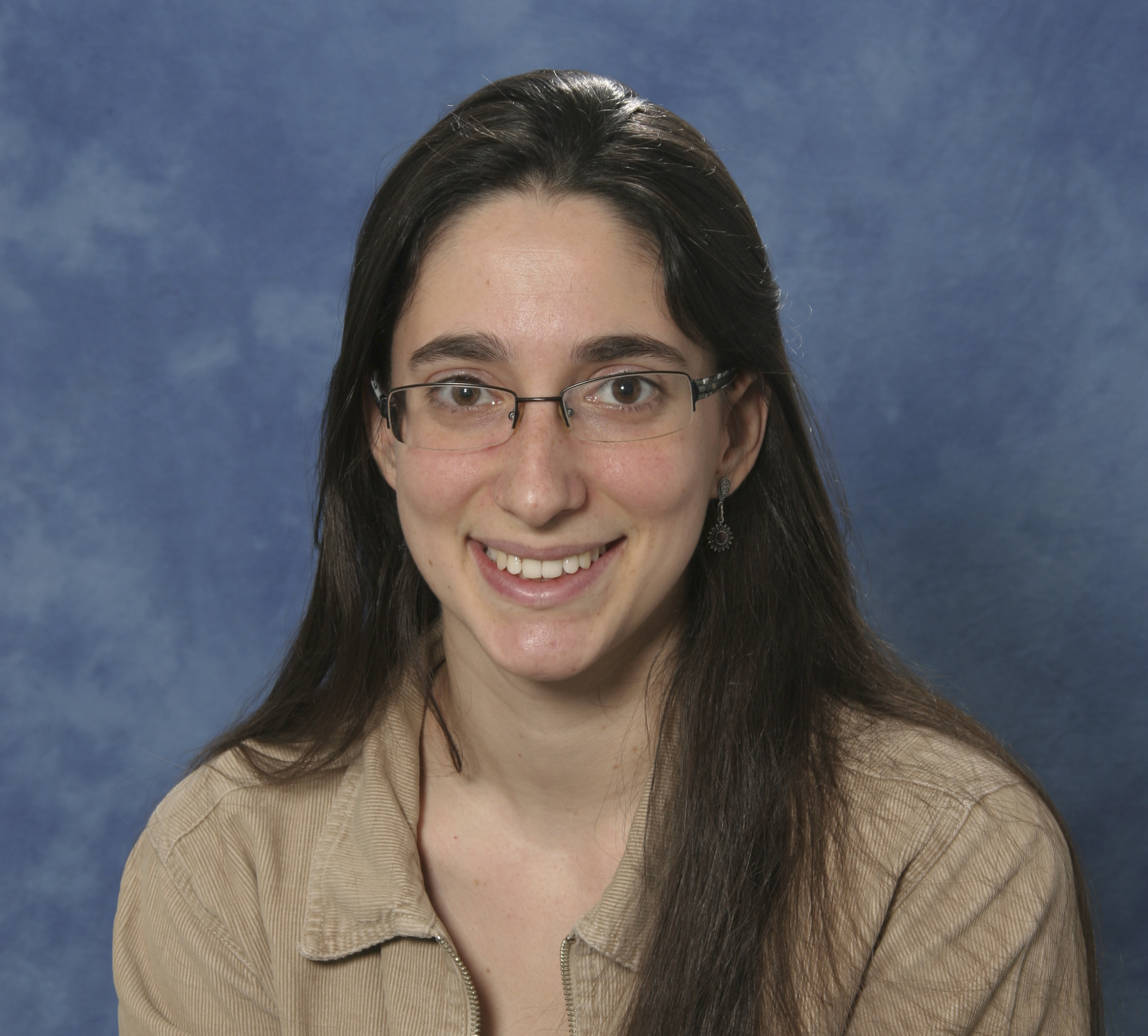The Lt. Col. Kenneth Rondo Carson and Virginia Bryan Carson Graduate Fellowship is an endowment established by the estate of Virginia B. Carson, honoring her husband, a former member of the "Flying Tigers," a former member of the Joint Strategic Target Planning Staff Strategic Air Command, retired master navigator and enthusiast of space exploration. Colonel Carson greatly admired the professionalism and accomplishments of NASA's space program. The Carson Fellowship is awarded to students pursuing degrees in the Department of Planetary Sciences, Lunar and Planetary Laboratory, selected on the basis of academic achievement and the promise of further scholarly endeavor.
2016 Carson Fellowship Awarded to Léa Bonnefoy
 Léa Bonnefoy is the recipient of the 2016 Carson Fellowship Award, which provides one academic year of support, including salary, tuition and a small supply stipend. Léa is beginning his first year of graduate studies at LPL.
Léa Bonnefoy is the recipient of the 2016 Carson Fellowship Award, which provides one academic year of support, including salary, tuition and a small supply stipend. Léa is beginning his first year of graduate studies at LPL.
Léa is French, but moved every four years during her childhood for her father’s job, living in Morocco, Burkina Faso, Belgium, and Mexico. She then decided to discover yet another country for her undergraduate studies, and went to Cornell University, where she majored in Physics with an Astronomy concentration. She then completed an Astrophysics Master's at the Paris Observatory, and is now in her first semester as a graduate student in the Department of Planetary Sciences.
Léa was always interested in sciences; as a kid, she was learning fun facts about animals, looking at bugs in the garden, writing weird stories about the moons of the solar system being friends, and even sometimes reading the encyclopedia for fun. Her favorite show as a kid (and maybe today, too) was the Shadocks, an animated show about weird birds living on a dysfunctional planet. The Shadocks were in competition with their rivals the Gibis to travel to Earth the fastest. If the upside-down Shadocks, living on the bottom of the planet did not hold it in place, the planet would lose pieces and the Shadocks would fall. The Gibis lived on a flat planet that would lean to the side if the weight wasn’t equally distributed, resulting in Gibis falling off. Today, Léa studies the peculiarities of actual bodies in the solar system, such as Titan’s hydrocarbon dunes and methane lakes, Enceladus’ space geysers, and Mars’ cold desert.
Curious to discover the world of scientific research, Léa started working as an undergraduate research assistant during her freshman year at Cornell. This first project, with Dr. Gordon Stacey, consisted in the analysis of the effects a change of filter had in the data collected by the second-generation high-redshift and Early Universe Spectrometer (ZEUS-2). She then continued working in the same group by repairing, updating, installing, and creating the software for the stepper motors controlling the grating, chopper, and heat gauge in ZEUS-2. Wishing to explore another, very different, domain of astronomy, Léa then started working with Dr. Alexander Hayes on Titan’s dunes. The main focus of her project was to combine the spectral, radiometry, and Synthetic Aperture RADAR (SAR) datasets on Titan’s dunes to derive new constraints on their composition. She spent a summer at the Jet Propulsion Laboratory to work with Dr. Paul Hayne and Dr. Michael Malaska on this project. She was able to determine that the dunes and the interdune regions have distinct compositions and/or structure, with both radiometry and spectra showing the dunes to be unique on Titan. This research cumulated in the publication of a paper in Icarus. Her last semester at Cornell, Léa won the Cranson and Edna B. Shelley Undergraduate Research Award for her research in astronomy.
Léa then went to France to pursue a master's in astrophysics, actually living there for the first time in spite of her French nationality. For her master's internship, she worked with Dr. Alice Le Gall and Dr. Cédric Leyrat on Enceladus radiometry. She compared the mid-resolution radiometry data acquired by Cassini on Enceladus’ equatorial regions to a modeled signal based on a thermal model of absorbed flux, a radiative transfer model, and an emissivity model for the surface.
What Léa loves about planetary science is the variety of really fun problems and possibilities, and how scientists with many different expertise come together to answer these questions. She is currently narrowing down on a research project studying planetary surfaces with Dr. Christopher Hamilton, and is looking forward to many more exciting challenges. Léa hopes to find a position in a research laboratory either in the USA or in France.

